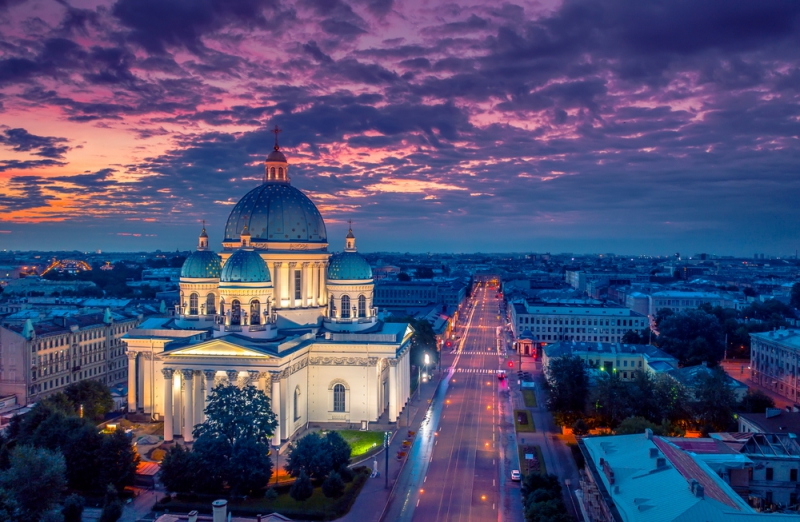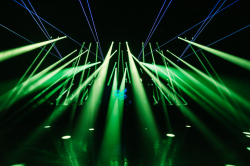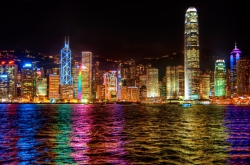Light in the urban environment
The most important thing when creating an urban environment is to forecast how comfortable people will feel there and what emotions they will experience. Will these emotions be positive or negative?
What is also important in this regard is to answer the question of what exactly we want to introduce into the urban environment with the use of light. We all know that there is a commercial aspect to it, too, as media screens can be used for advertising. However, what do most people do when seeing a commercial on TV? That’s right, they change the channel as quickly as possible. It’s pretty much the same with street advertising: most people are put off by aggressive advertisements and attracted to neutral images with interesting content.
What is color temperature and how it affects our mood
Color temperature is a characteristic of visible light (the portion of the electromagnetic spectrum that is visible to the human eye), measured in Kelvin (K). The Kelvin temperatures typically fall between a range of 1,000K to 10,000K, with lower temperatures resulting in orange and higher temperatures resulting in blue, so the higher the number, the “colder” the color of the light. Each degree range will make a room feel a particular way, and in turn, will make the person in the room perceive things differently.
Generally speaking, cooler lighting makes people more productive and alert, which is why it’s best-used in office spaces, while warmer color temperatures create a more relaxed feel, which makes this kind of lighting particularly common in residential rooms. This theory is also used in the Moscow metro: in some new cars, when people go to work in the morning, the color temperature is about 4,000-5,000K, compared to 3,000K in the evening.
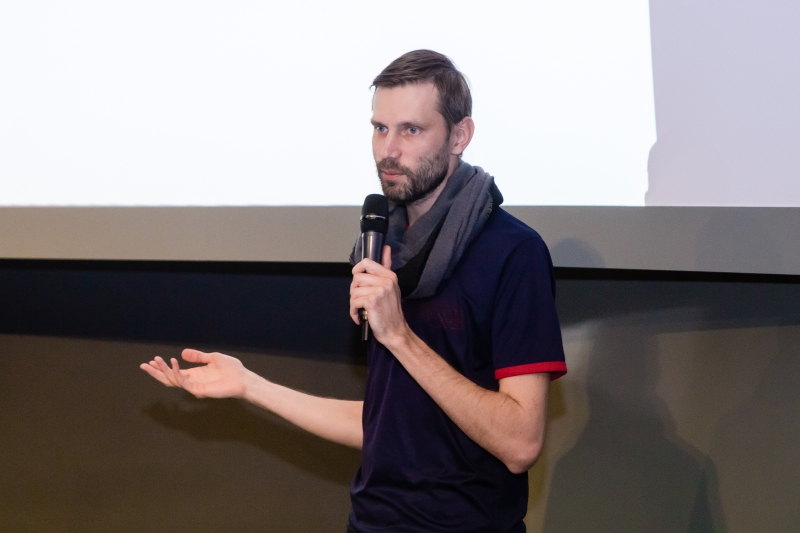
Apart from that, there is also RGB, which stands for red, green, and blue. RGB is an additive color model in which red, green and blue light are added together in various ways to reproduce a broad array of colors. This model is now applied in architectural lighting design. Clients had long been cautious about colored lighting, as there prevailed an opinion that such a lighting solution would turn a façade into a technicolor canvas. However, this perception of the RGB model has changed and now it is used in all kinds of lighting projects.
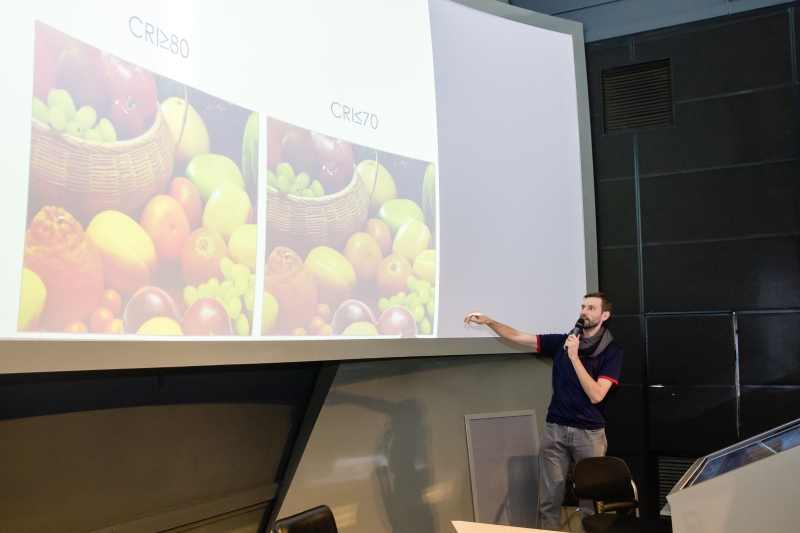
Lighting devices design
The biggest trend in lighting devices design right now is the extensive use of LED technologies. One of their main advantages is that they allow lighting designers to make their devices more compact, which goes in tune with the general trend towards minimalism in urban environmental design. For example, on the Moscow streets, there are many cylindrical lamps. The use of cylindrical lighting devices creates a more comfortable urban environment as they allow pedestrians to better see passers-by’s faces. And even though ordinary citizens hardly notice all these nuances, lighting designers have to take them into account if they want to create really comfortable urban environments.
Light in “smart cities”
Starting this year, in accordance with the newly launched “Smart City” program, all street lighting devices have to be equipped with lighting control systems, which allows for remote control of any street lamp in the urban environment. All the lighting devices now form a single network that is controlled in real-time mode. For example, with this system, one can check any lamp’s operating capacity. Or if a lamp breaks down, the system sends a notification to all responsible organizations so that they can fix the problem as fast as possible. Thus, workers don’t have to check on every lamp in the area anymore, which saves time and money.
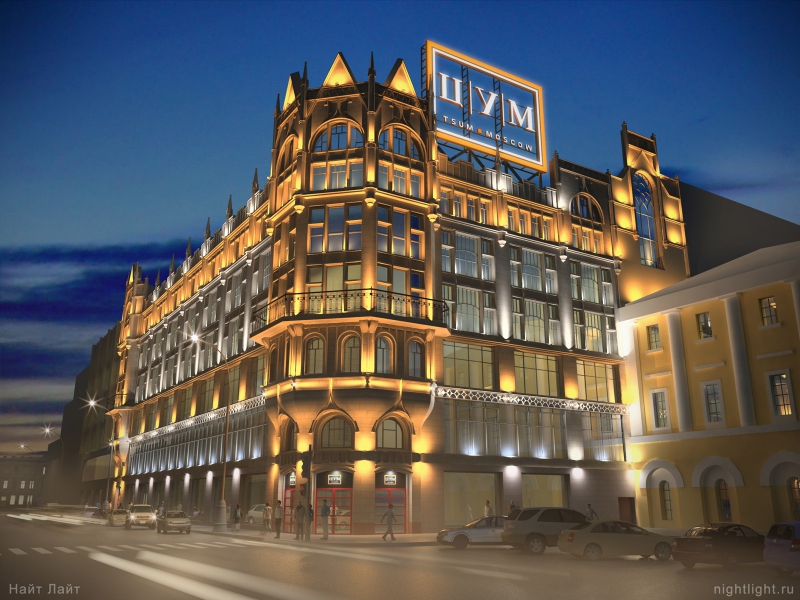
Another benefit of the new lighting control system is that with its help you can create additional artistic effects and control light intensity at nighttime.
What is light pollution and how to avoid it
Sometimes when you travel away from the city, you can see that the sky around it is unusually light. This phenomenon is called skyglow and is a commonly noticed aspect of light pollution.
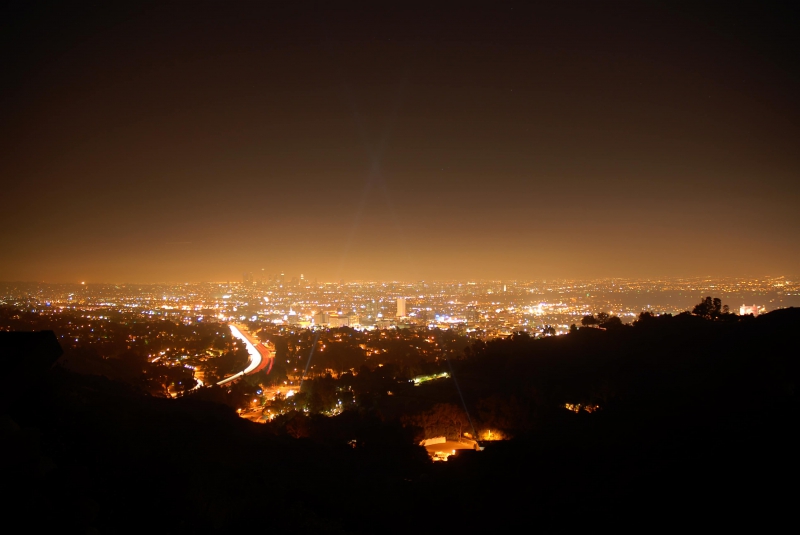
Incorrect or excessive lighting can have a negative impact on the state of the environment. For example, specialists at parks in Rome discovered that owls have vanished from their premises. They started to analyze the problem and found that it was caused by light pollution. Insects react to light on a cellular level: most often, light attracts them. Thus, as the insects shift their location, birds shift theirs too: you can see it as some kind of light-caused migration. Such a change in the biological chains isn’t beneficial for predator species. Hunters shouldn’t be seen, so if a lantern lights up the whole terrain, they lose out and are forced to leave the area. That’s why it’s crucial that light, especially in parks and natural reserves, is appropriately dosed and managed when necessary.
Light pollution prevents citizens from seeing the starry sky at night as clearly, if at all. That’s why to see the stars, you sometimes have to drive big distances away from the city. To avoid all this, urban planners can use LED equipment with specific light distribution to the lower part of the hemisphere. Europe has long abandoned the light distribution model that is aimed towards the sky and tries to adopt a more careful approach of lighting directed at the lower half of the hemisphere. This way, the light only affects the working surface in a direct and specific way.
Mikhail Ivanov’s lecture is available here (in Russian).
